- All Events
- Wine Tours
- Wineries
- Blog
- About
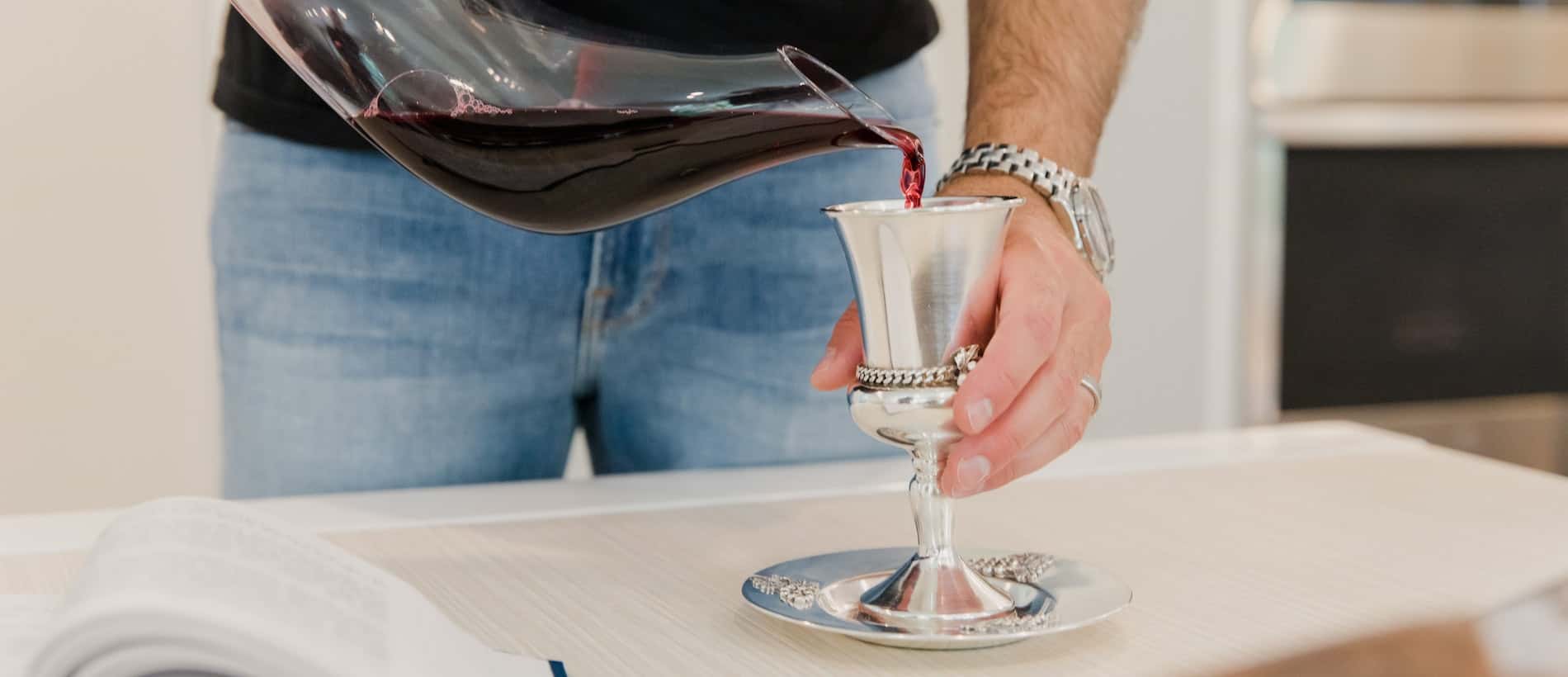

Unfiltered wine is having a moment on wine lists and boutique wine shop shelves. This low-intervention style of wine skips the fining and filtration process that removes yeast and other particles naturally present in wine. As the ‘natural’ wine movement gains more of a foothold, unfiltered and unfined wines are gaining more prevalence. While not all unfiltered wines will have a hazy appearance or a layer of yeast at the bottom of the bottle, many will display these tell-tale signs.
Keep reading to find out more about wine fining and filtration as well as what sets unfiltered wine apart.
Unfiltered wine can be as enjoyable as any other bottle of wine. Some winemakers and consumers believe that filtering and fining wine strips it of its flavors and natural aromas, preferring to do as little to the wine as possible. Unfiltered wine also provides a new wine-drinking experience, as the mouthfeel can be different thanks to the yeast present.
The next time you come across a bottle of unfiltered wine, try allowing the yeast to settle at the bottom of the bottle for that first glass. As you drink more of it, agitate the yeast and allow it to suspend in the remaining wine. Ask yourself how this concentration of yeast changes the wine.
Related: Certified Sustainable Wine
When wine is finished fermenting, yeast, grape must, and other particulates floating in the wine leave a cloudy appearance. In most cases, wine is filtered to remove this sediment both for aesthetic reasons and to achieve a desired mouthfeel or texture.
In addition, leaving particulates in wine can increase the risk of it spoiling. Bacteria attach to sediment and yeast and, while not necessarily dangerous, this bacteria can make a bottle of wine go bad more quickly. This isn’t a risk many winemakers are willing to take.
Winemakers filter their wine through progressively finer filter pads, screens, and sieves to catch and remove sediment. Vintners can also rack wine by waiting for the yeast to naturally fall to the bottom of the tank. The wine is then siphoned out of the original tank by a tube into a fresh one, careful not to disturb the layer of yeast left behind.
Fining wine is a process that strips particulates out of the liquid suspension to leave a totally clear wine. Many wineries use animal byproducts such as egg whites or isinglass (a fish byproduct) to fine wine. These proteins attach to the unwanted particulates and essentially weigh them down to the bottom of the tank. The mass is then easily removed to clarify the wine.
Some wineries use vegan alternatives to fine their wines such as bentonite clay or a pea protein. However, wineries are not required to disclose their fining or filtering methodology on wine labels, websites, or tech sheets.
In short, yes: vegans can rely on unfiltered and unfined wines to be vegan. Although it’s gaining in popularity, using vegan alternatives for the fining process isn’t as common as using animal byproducts.
As mentioned above, any animal byproducts are removed before bottling but many vegans object to the use of these products at all. The safest bet when quickly shopping for vegan wine is to choose an unfiltered wine. Otherwise, look for wines that are specifically labeled ‘vegan’ and check winemaker’s websites.
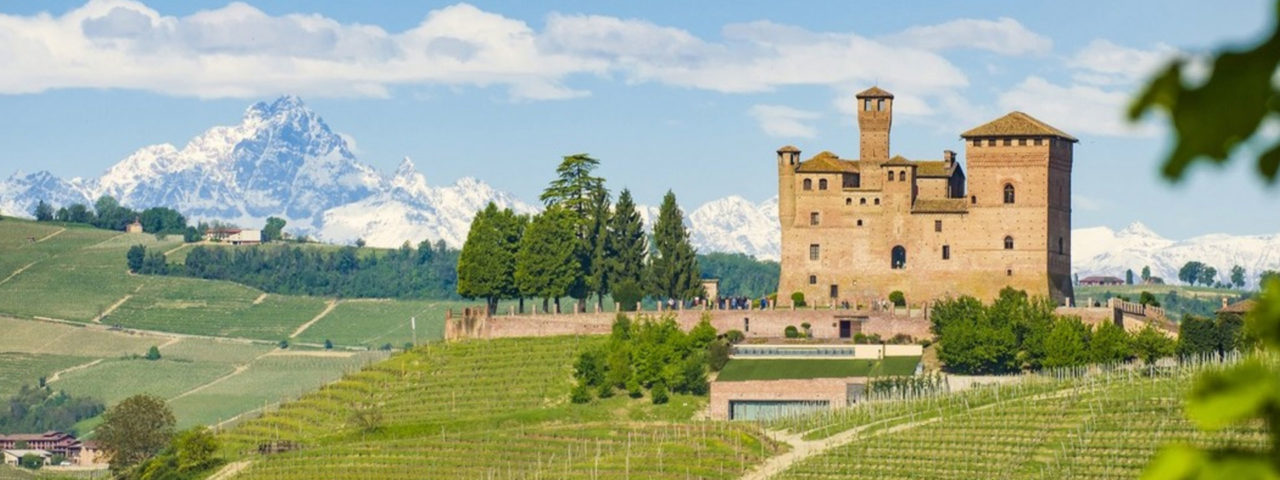
Oct 23 – 30, 2021
6 nights, 7 days
Milan, Barolo, Alba, and Turin
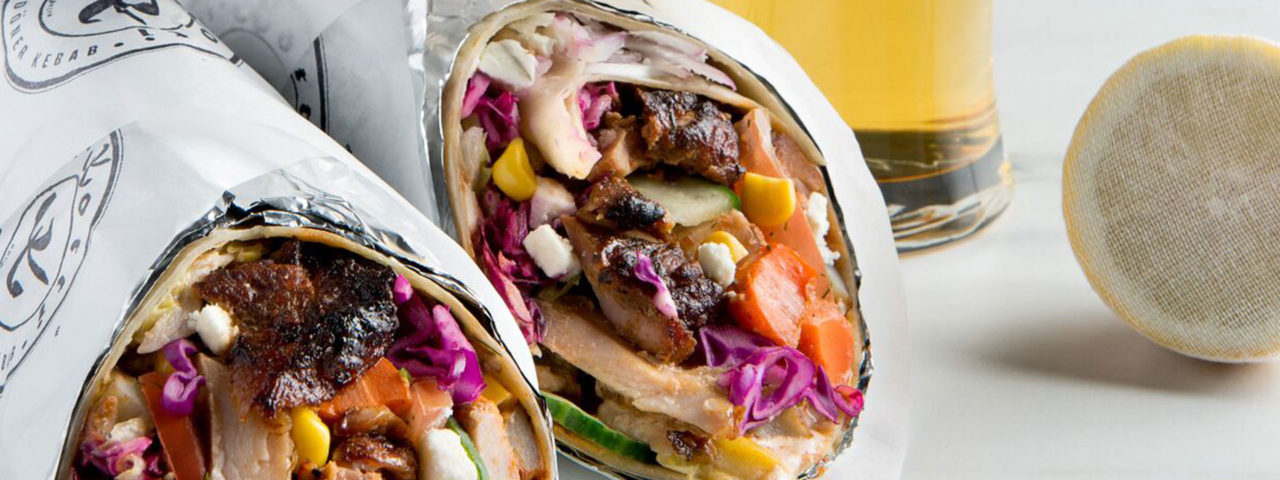
Join us for a Virtual Food & Wine Pairing with Brooklyn’s Kotti Berliner. Explore delicious döner kebabs paired with wine. Meet Kotti founder, Erkan Emre.
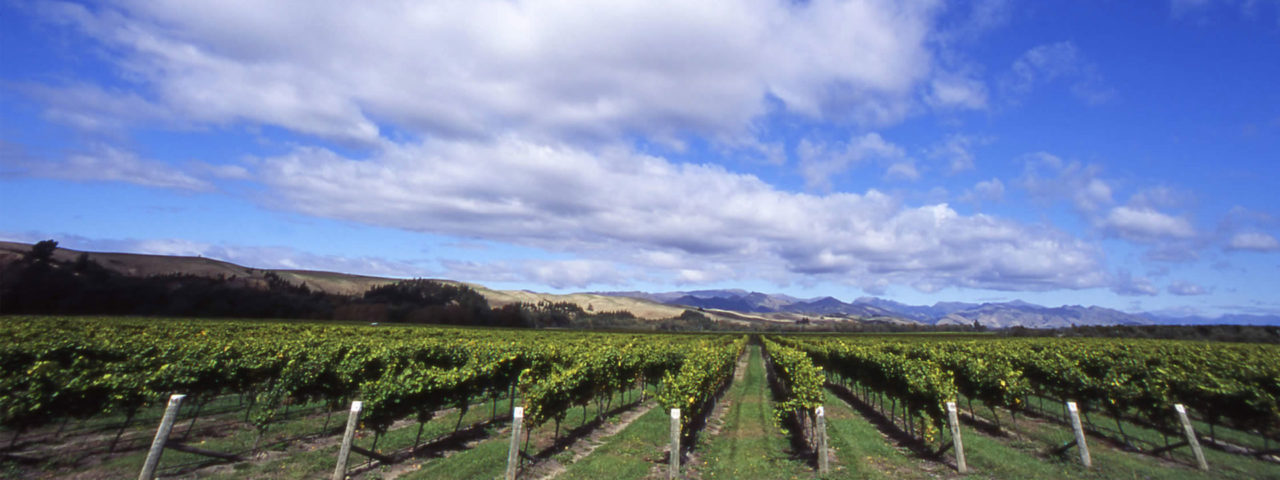
Join us for a Virtual Tasting with one of America’s leading importers of high-quality Portuguese wines.
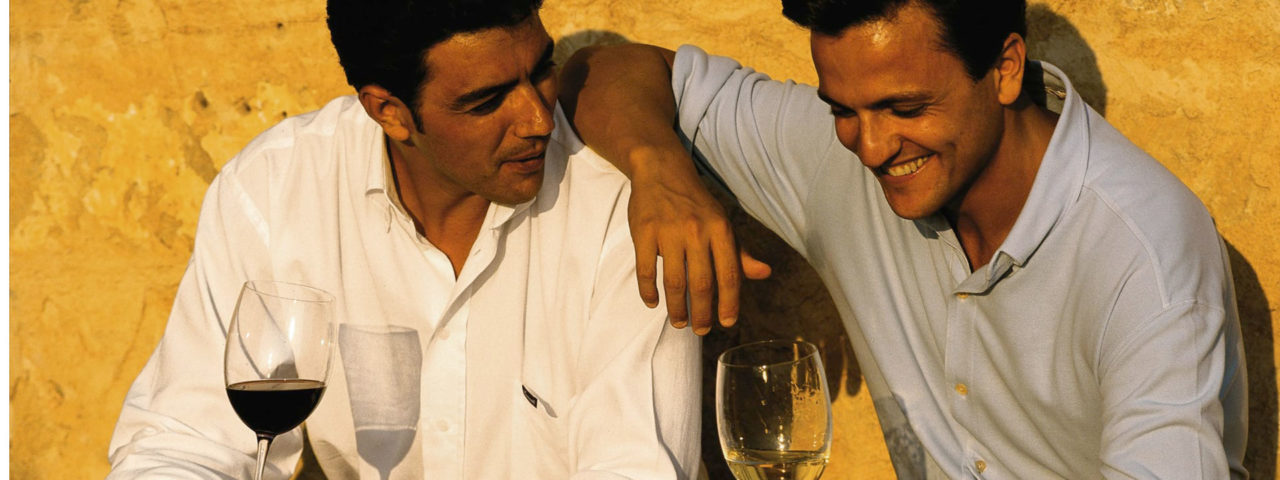
Join us for a Virtual Tasting with the maker of the #1 selling Sicilian wine in the U.S.
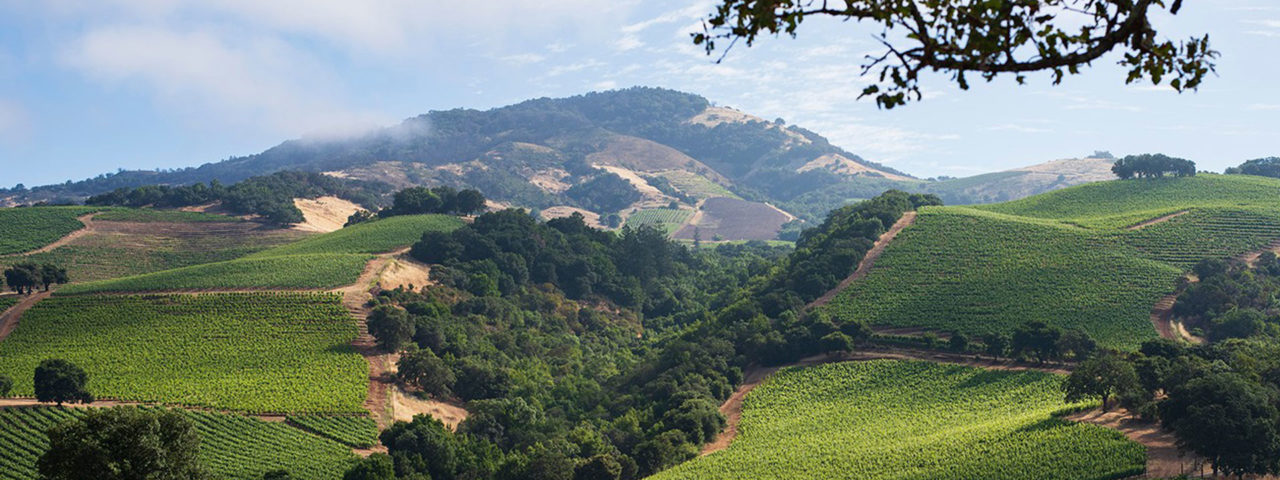
Join us for a Virtual Tasting. The Kunde family has farmed an 1,850-acre estate in Sonoma Valley for 100 years.

Join us for a Virtual Tasting. Great wine starts in the vineyard.
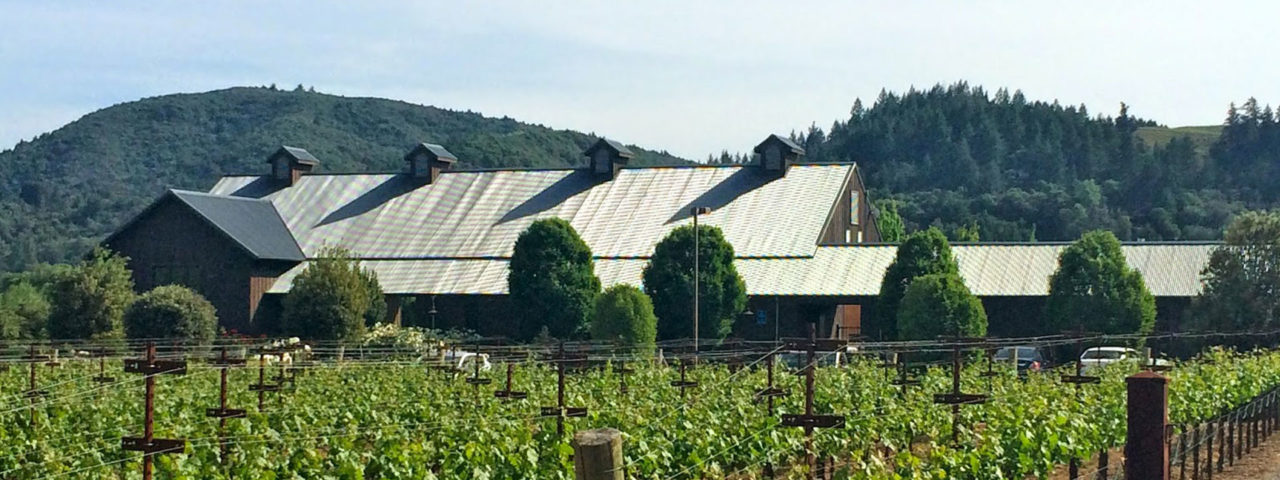
Join us for a Virtual Tasting. Distinctive and hand-crafted wines produced from award-winning vineyards.
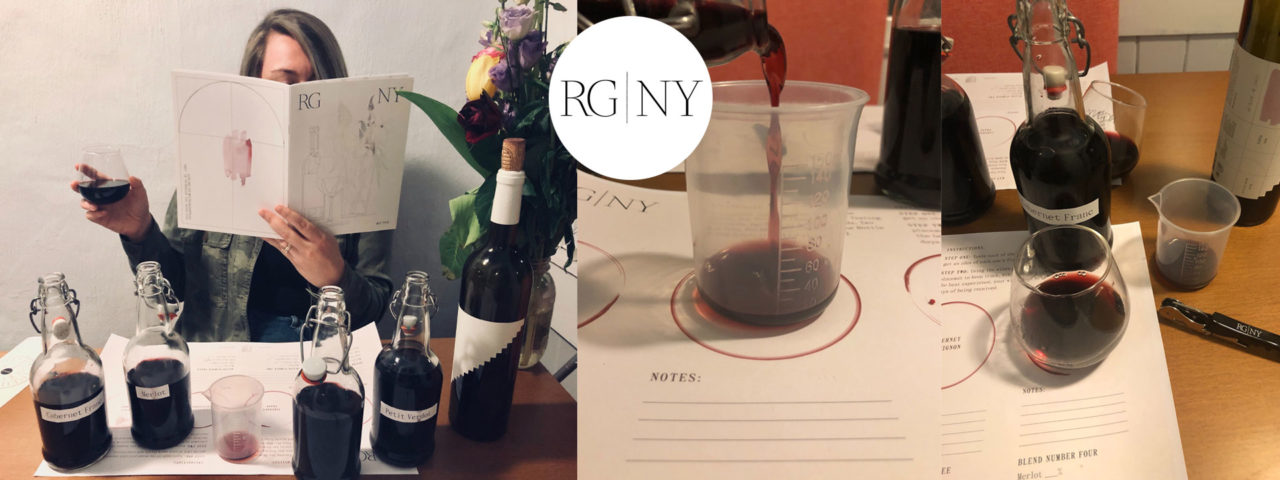
Be your own winemaker for a day — guided by a professional on Zoom video!
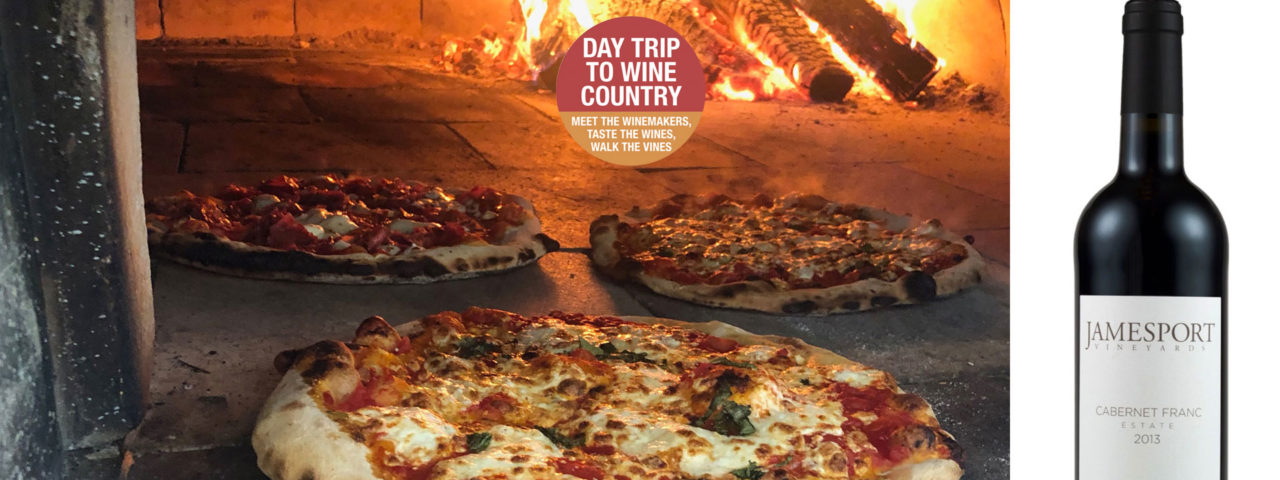
What’s better than great wine and artisanal pizza?
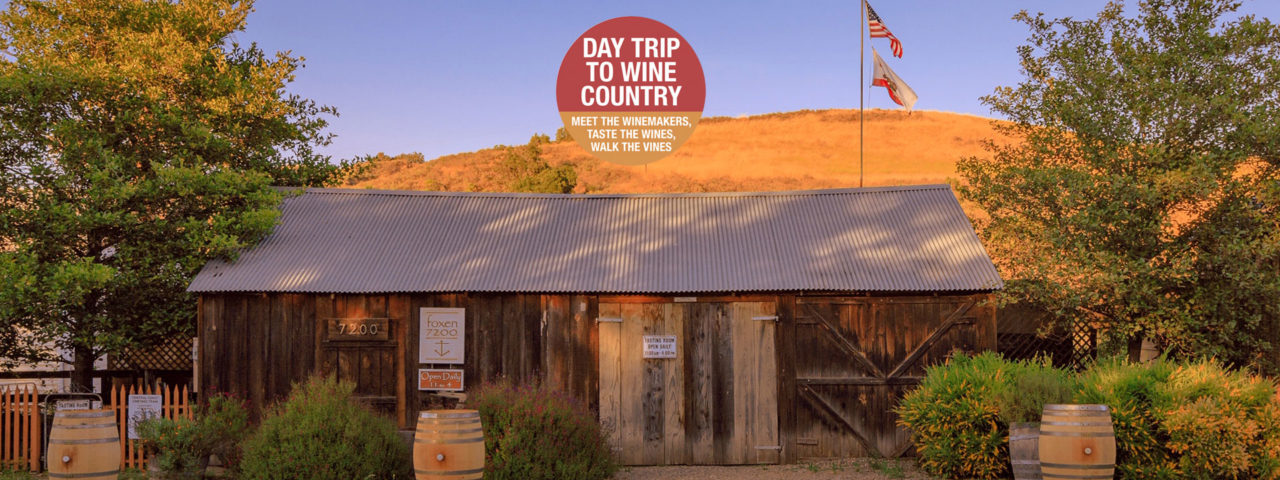

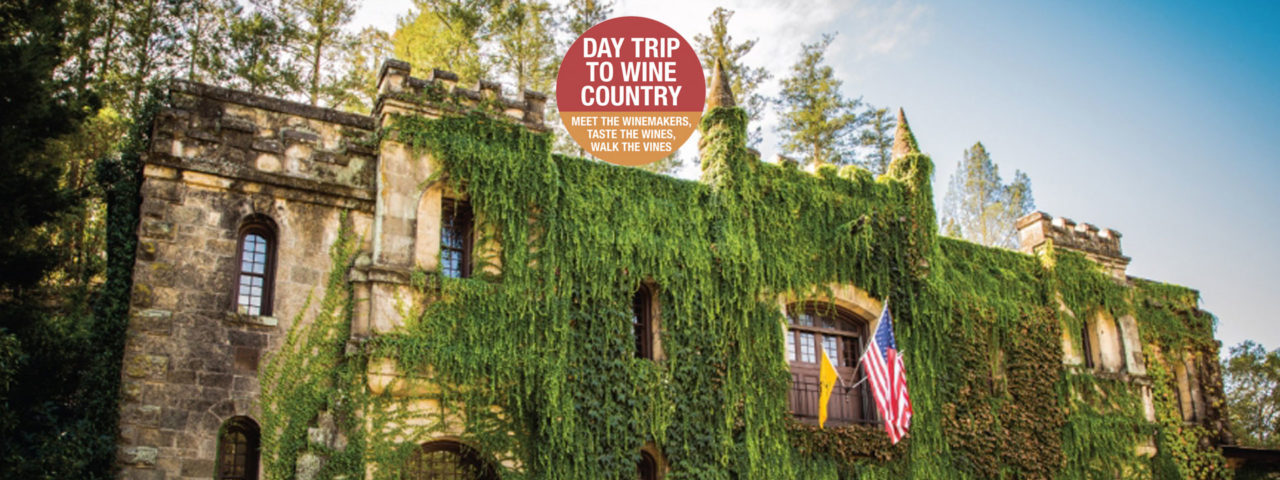

The New York Times described Ridge Monte Bello as “America’s greatest Cabernet Sauvignon.”
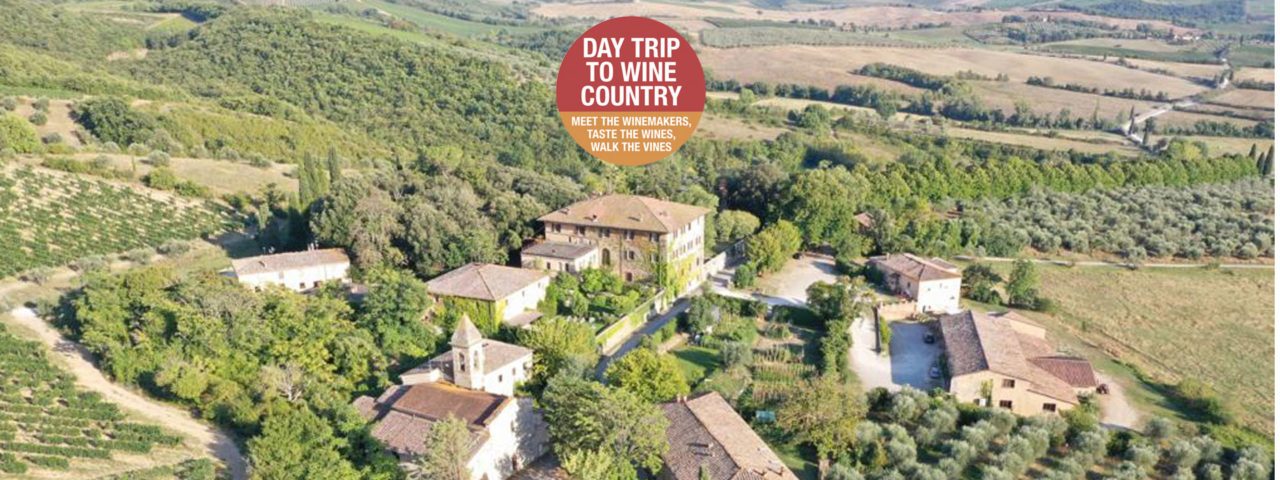
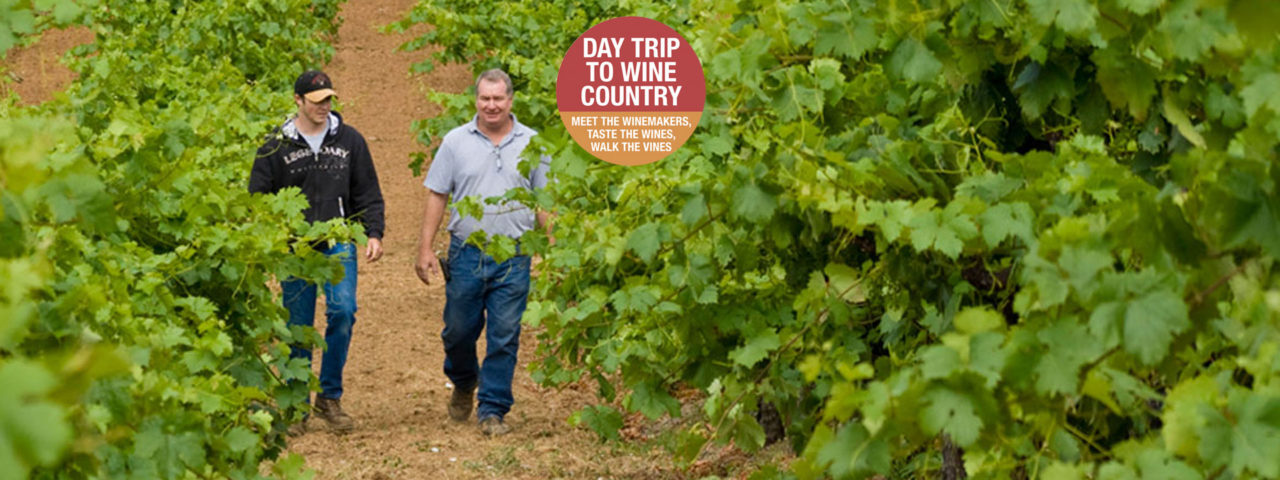
Four Generations of Family Pride at Pedroncelli Winery, since 1927
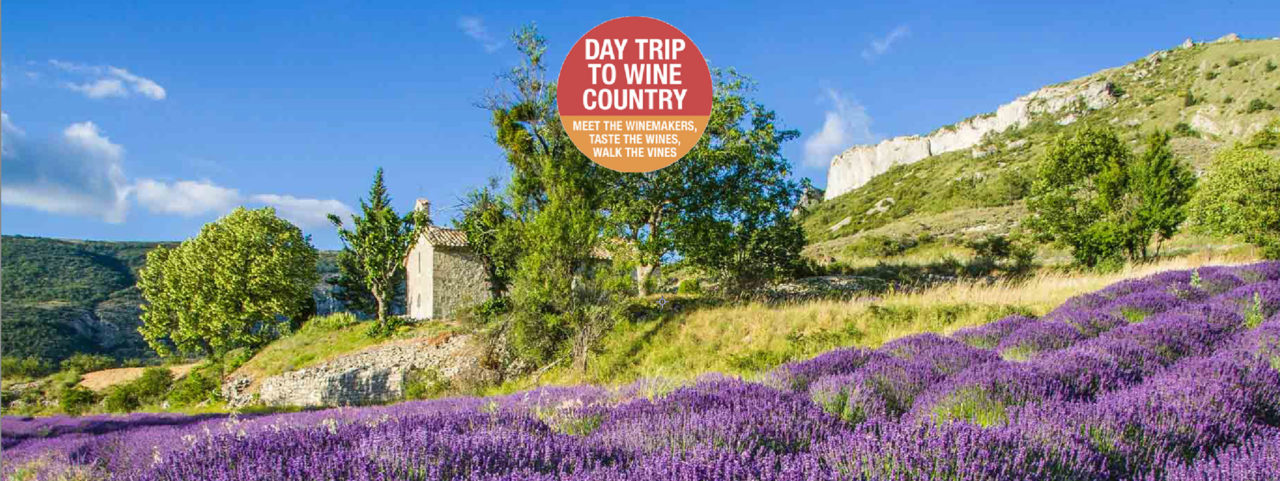
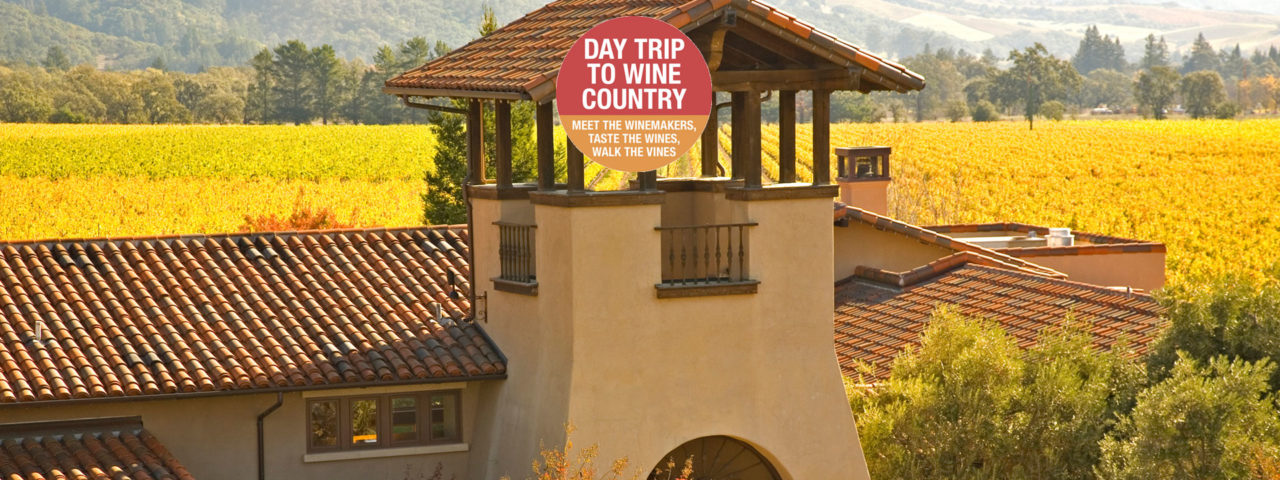
Voted “#1 in America” in 2013 and 2015 by Open Table customers.
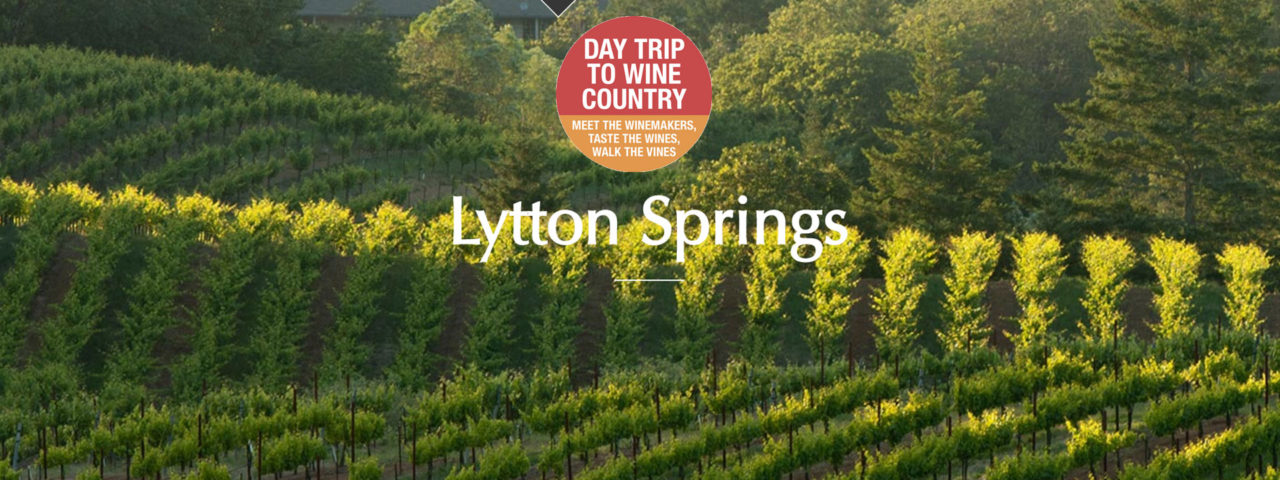
The New York Times described Ridge’s Cabernet Sauvignon as America’s greatest.

Visit the famous wine-growing region of Lodi County, California – virtually!
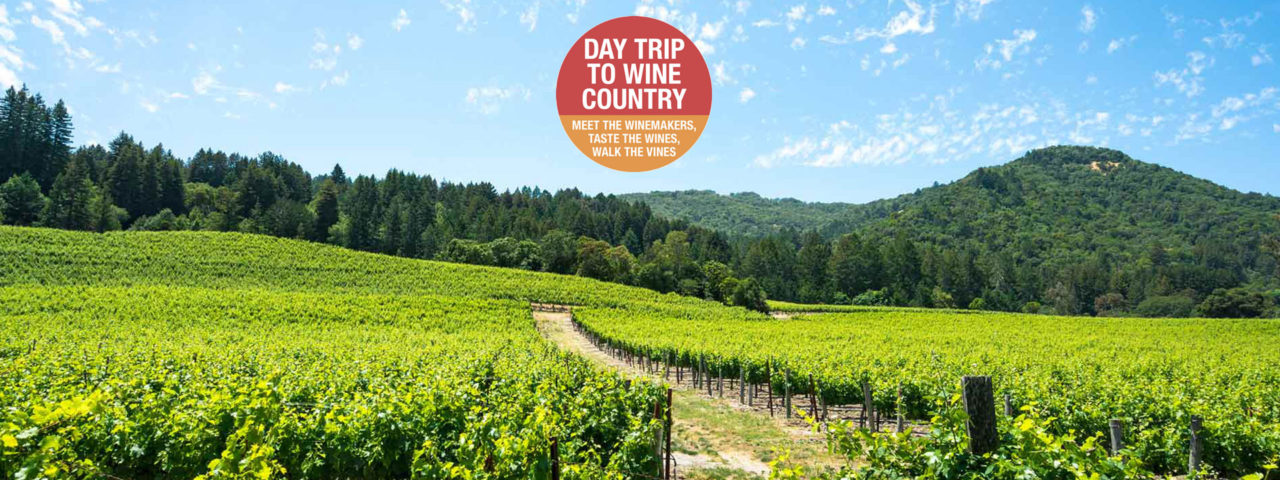
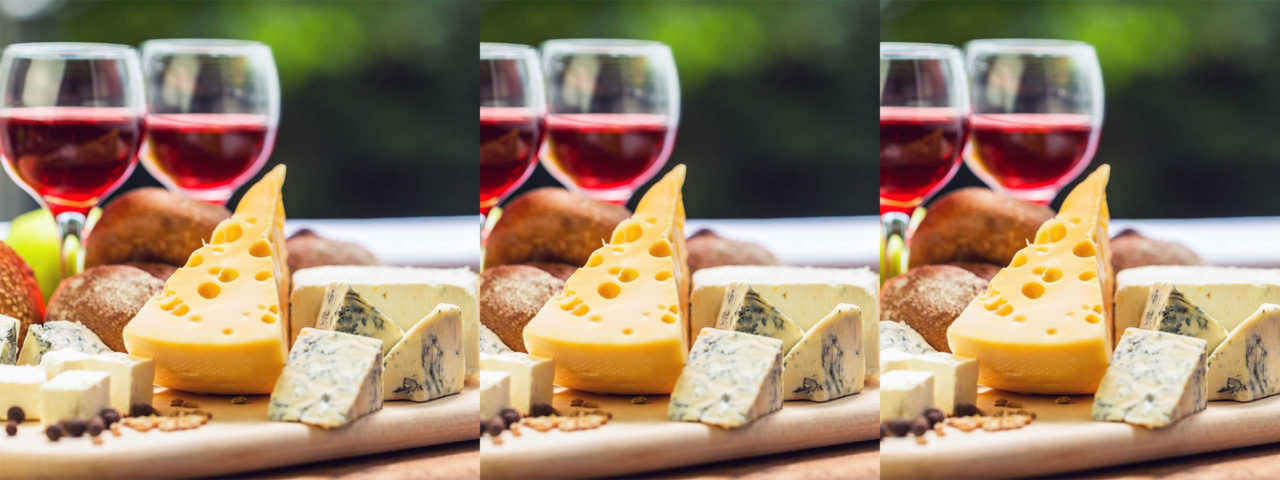
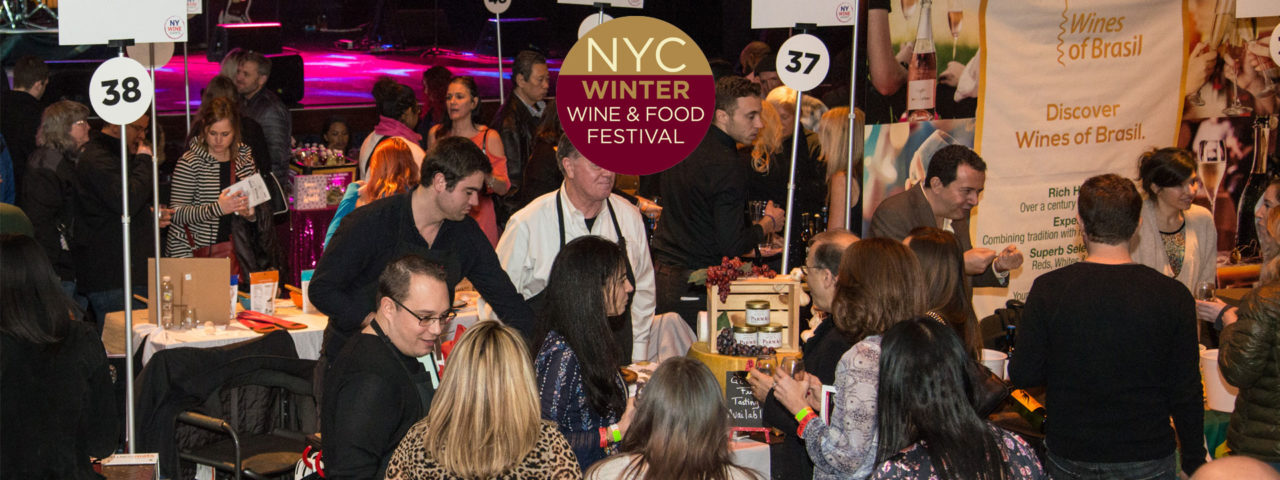
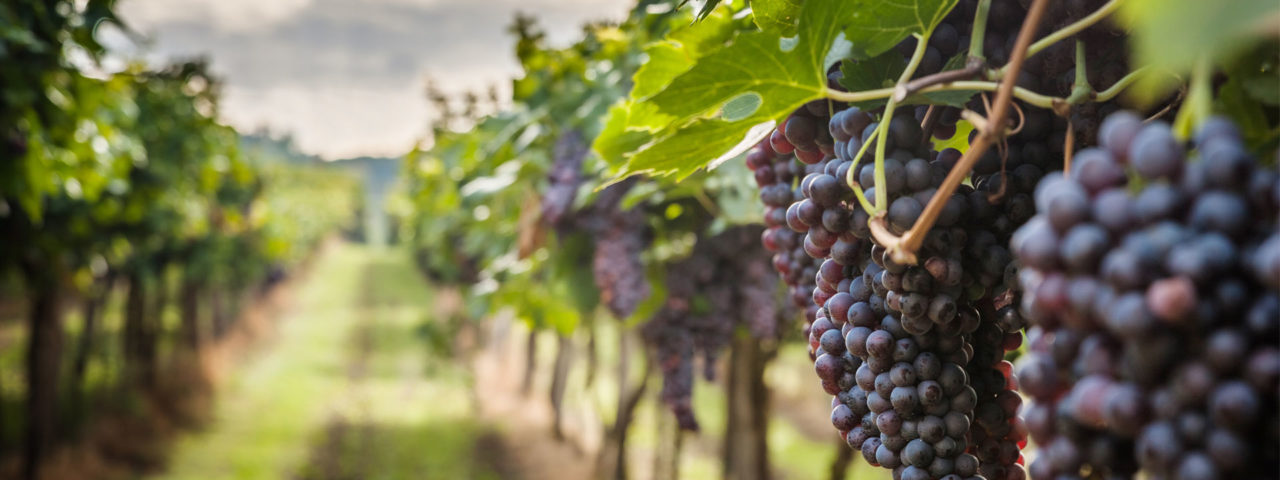
Join RG|NY winemaker Lilia Perez, for a unique tasting and blending session.
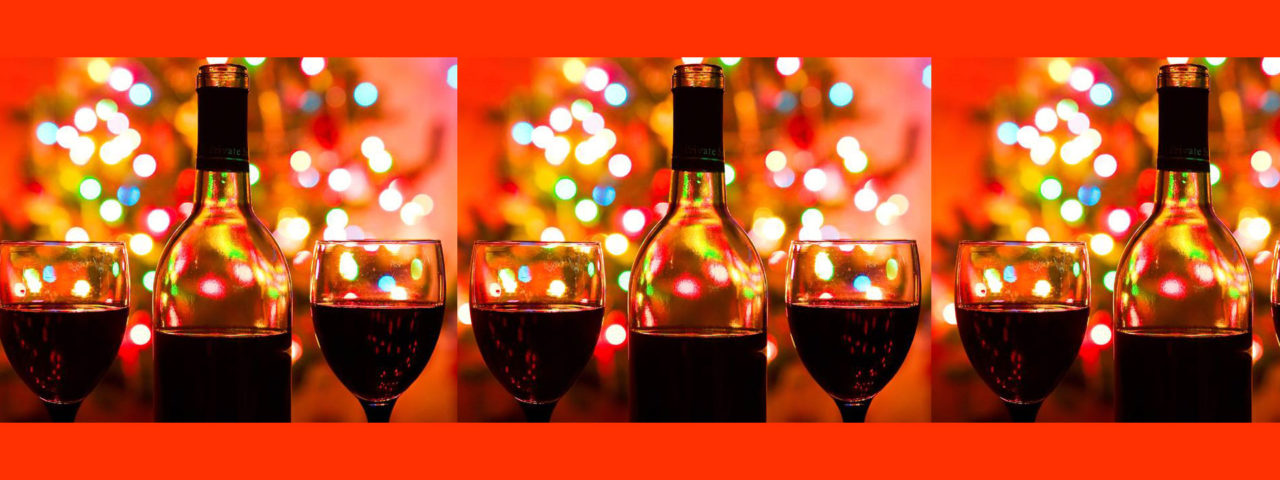
Don’t miss the ultimate holiday wine tasting event in the Hudson Valley. Sales end Thursday, Dec 12 at 11:59pm!
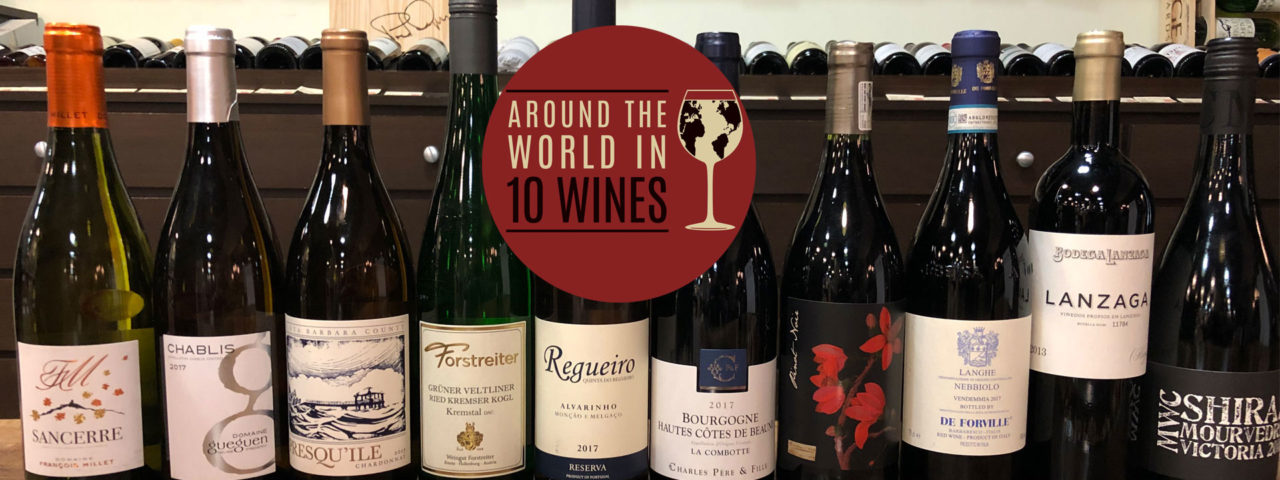
Experience a global tasting in 2 hours with award-winning artisan cheese and charcuterie
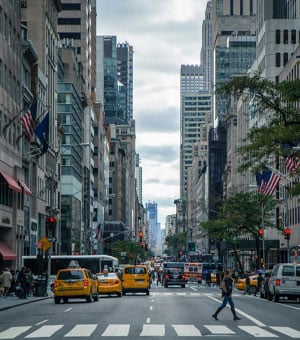
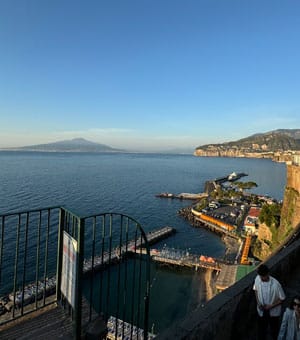
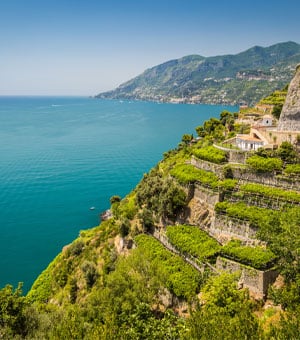
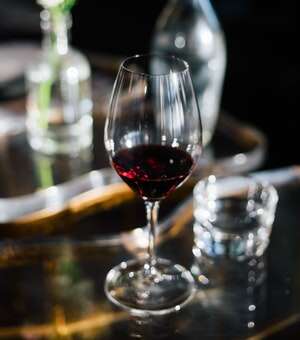
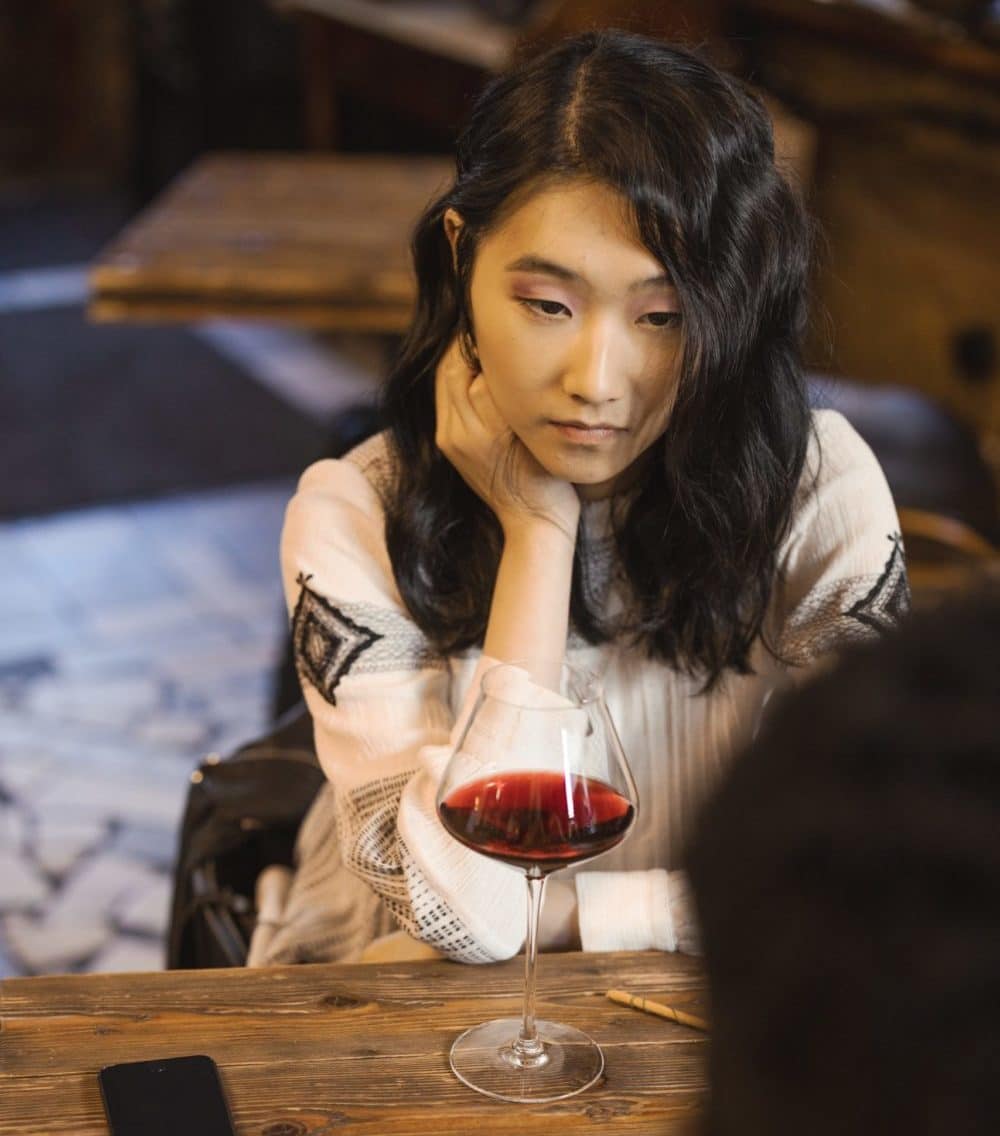

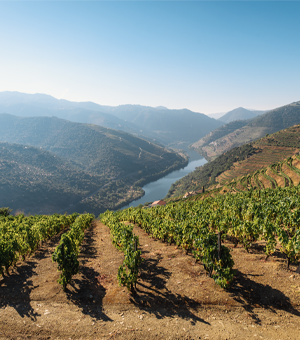
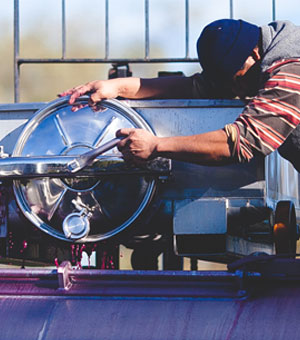

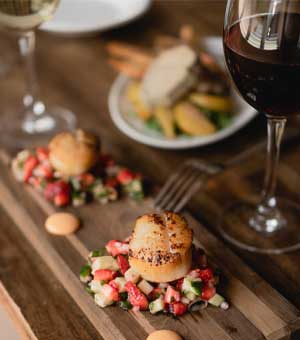
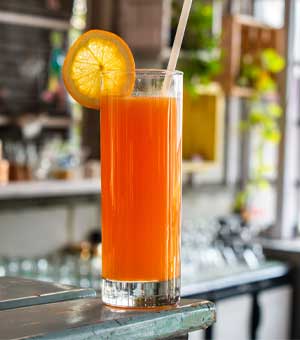
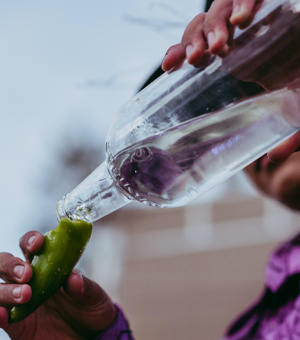
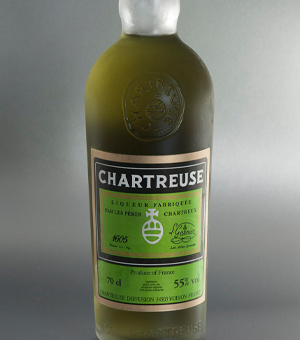

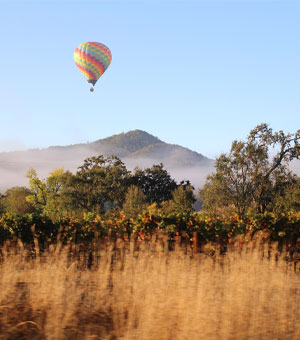
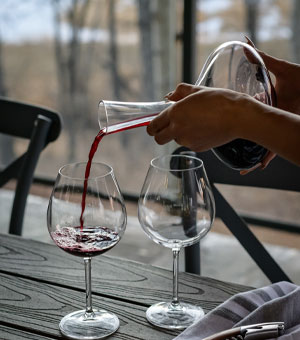
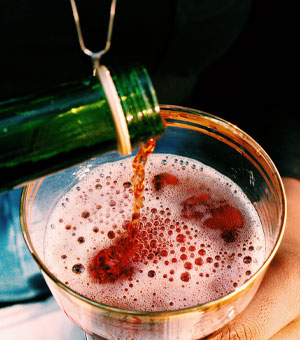

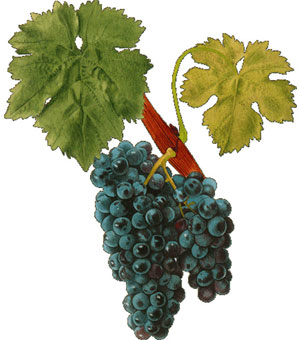

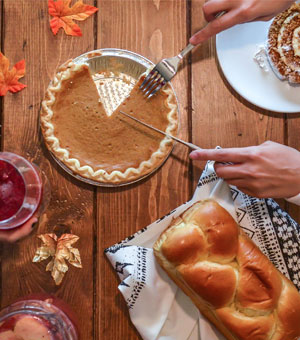
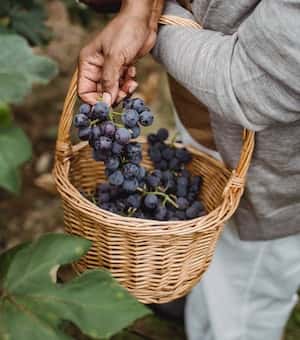
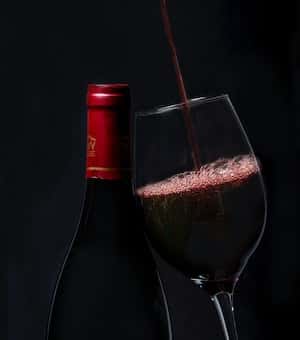

© 2025 Crush Wine Experiences DBA Winship Media. All rights reserved.
| Cookie | Duration | Description |
|---|---|---|
| cookielawinfo-checkbox-analytics | 11 months | This cookie is set by GDPR Cookie Consent plugin. The cookie is used to store the user consent for the cookies in the category "Analytics". |
| cookielawinfo-checkbox-functional | 11 months | The cookie is set by GDPR cookie consent to record the user consent for the cookies in the category "Functional". |
| cookielawinfo-checkbox-necessary | 11 months | This cookie is set by GDPR Cookie Consent plugin. The cookies is used to store the user consent for the cookies in the category "Necessary". |
| cookielawinfo-checkbox-others | 11 months | This cookie is set by GDPR Cookie Consent plugin. The cookie is used to store the user consent for the cookies in the category "Other. |
| cookielawinfo-checkbox-performance | 11 months | This cookie is set by GDPR Cookie Consent plugin. The cookie is used to store the user consent for the cookies in the category "Performance". |
| viewed_cookie_policy | 11 months | The cookie is set by the GDPR Cookie Consent plugin and is used to store whether or not user has consented to the use of cookies. It does not store any personal data. |
